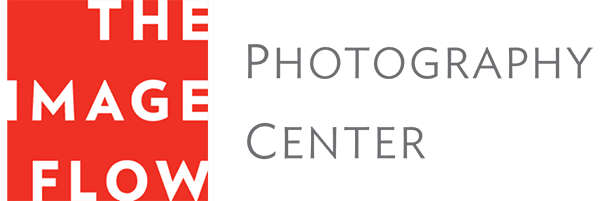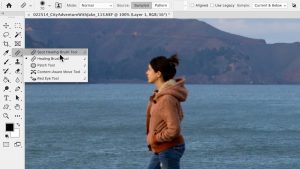
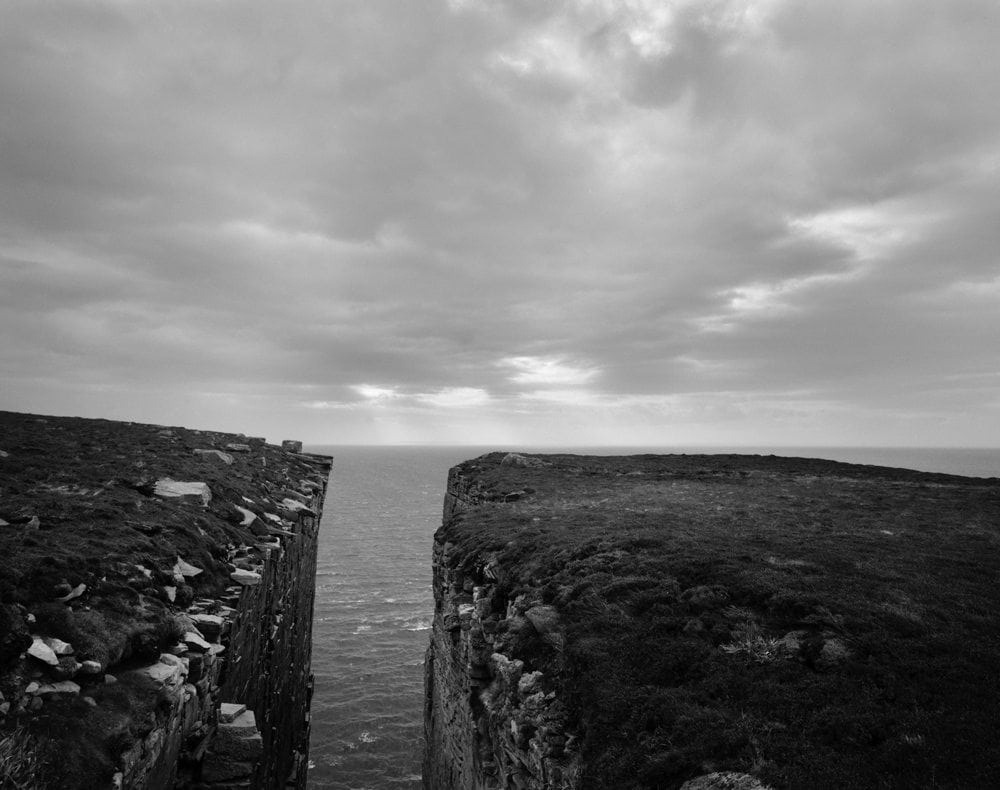
I’ve been to a banquet—Hendrik Paul’s new show at The Image Flow, Light From Within. It’s a show with crescendos of excitement and photographs that grant the viewer entry into the personal vision of an emerging voice. There are some many faceted gems here. As with any emerging photographer, about one third of the show consists of classic image making. Though masterful, as classic uses of composition, light, tonal value, subject matter, etc., they are images that don’t add anything new to the vocabulary of photography and don’t clear his unique voice. However, these are silenced by the majority of the show, which consists of images that not only add words and phrases to photography’s vocabulary, but also employ these additions to convey stories of genuine seeing.
For this piece, I’m choosing not to address the show overall, but rather those images that enrich photography’s vocabulary. In essence, from the buffet, I’m creating a gourmet tasting menu. The photographs on this menu each convey Hendrik’s unique blending of his favored ingredients of light, composition, restricted tonal scale, and sizing. Hendrik’s pantry of light is extensive—light of moon, light of darkness, light of tone, penetrating light, illuminating light, quiet light, light itself. Light’s many tastes assert themselves throughout the show. Though not discussed in detail, I’d like to point out photographs that are among my favorites: Lone Rock, Chapel Descention and Last Remaining Light for composition, Memories of My Childhood, A Tunnel in Prague, and Night Sheets for light, New Descent for light and composition, Venice Beach 1 and 2 and Moonlight for restricted tonal scale. In common, they share a simplicity at times bordering on sparseness that underpins these photographs and strengthens their voices.
Separation is one of my top favorites, and it’s not at all surprising this was the first photograph in the show to sell. It’s a land-seascape. What raises it above being another “classic” landscape is its balance of forms, its contrast of opposites (mass and space, liquid and solid, etc.), and its metaphors of revelation, domination, convergence, etc. Foremost among these is the exquisite balancing of the four main forms comprising the image and the placement of their intersection within the frame. There is a deft hand at work in the placement of the junction of the left upper corner of the cliff on the right with the sky and the sea, and also in the inclusion of the triangle of sea against the right border of the photograph. We’re treated to massive cliffs, vast sky, and revealed ocean in a harmony of form and detail that resonates Hendrik’s voice.
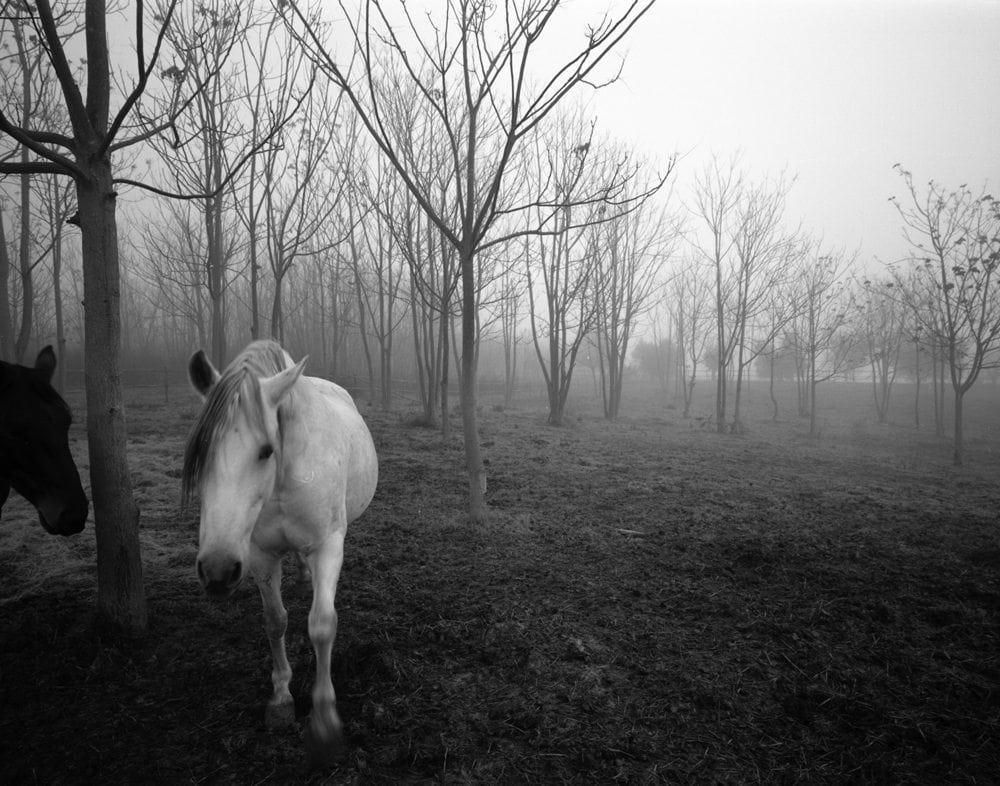
Dark Side of a Horse is another astute composition. Employing contrast, juxtaposition, balance, and edges, Hendrik presents a wintry landscape of grays punctuated by contrasting white and black placed in a corner of the frame. The frame’s edges are used not to define the space but to enhance it. The juxtaposition of the white and black horses coupled with the near silhouetting of the black horse generate a dialogue between horse solidly present and horse as metaphor—of opposites, of distinction, of presence, and memory. Two supporting details not to be overlooked are the parallel lines of the dark horses head and the tree, and the flat emptiness of the upper right corner, which provides counterbalance to the placement of the main subject in the lower left corner and maintains the spacial harmony of the image.
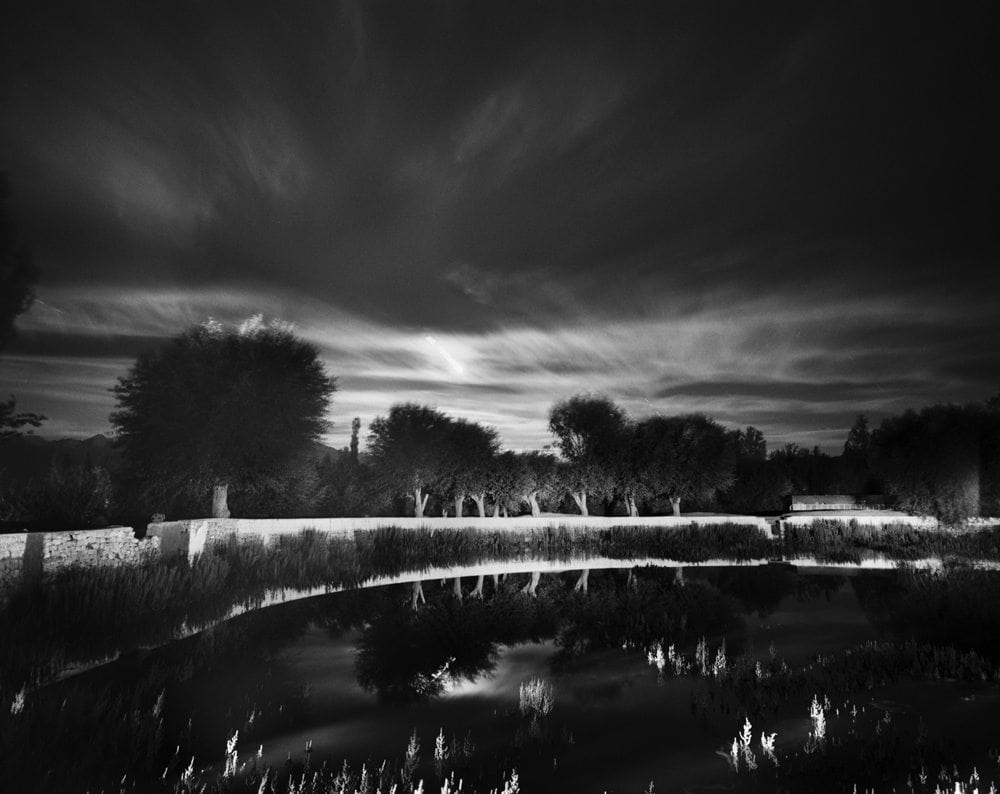
With the beautiful print Moonset in Leh, Hendrik again bypasses the ordinary, a moonlight landscape, to create a bold image. Abandoning the middle grays for rich blacks and whites, Hendrik reveals a hyper sensitized world further amplified by its own reflection. Such imaging sidesteps recording and rendering to reveal nature not as a place, but as an event—dynamic, present, a story unfolding.
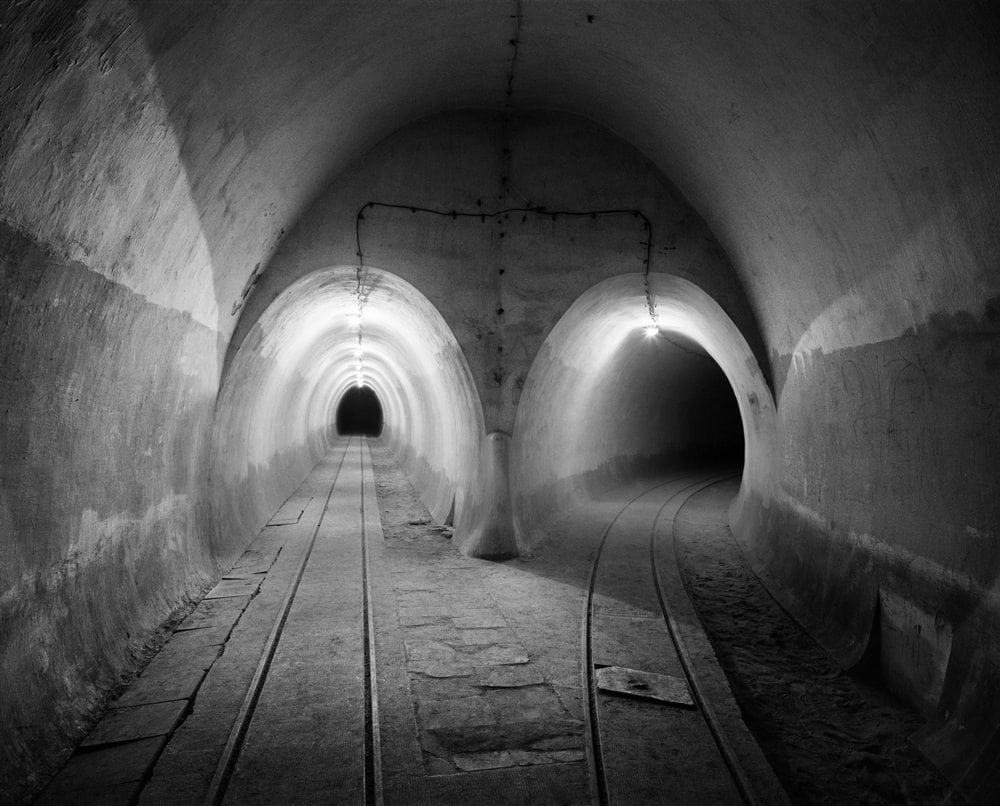
Hendrik makes excellent use of size in the last two photographs I want to comment on. Beneath the Earth and Train to Krakow are the largest in the show (40 x 50) and this size seems just right. In Beneath the Earth, the simplicity of its main forms and shapes easily expand into this print size. If anything its voice strengthens, becoming still and specific. Compositionally, the lines and forms of this photograph don’t guide the eye about. There’s no around, nor are there cross trails for the viewer’s eyes to follow. Instead there’s a dance of broad and narrow, of inward and outward. Beneath the Earth pulls the viewer underground, then deeper still, even toward infinity in the left tunnel. But the right tunnel is curved and shallow. The two cannot link as binoculars peering into infinity and entrapping ones eye within the image’s center. Rather they mirror yet counterpoint each other, bringing ones eye repeatedly back out to the large, dark arc of the wall that defines them; there for the viewer to savor the greys and surfaces of this underground until the tracks and diagonals in the walls direct one deeper again. An alert and masterful eye first sensed then crafted this wonderful image for us.
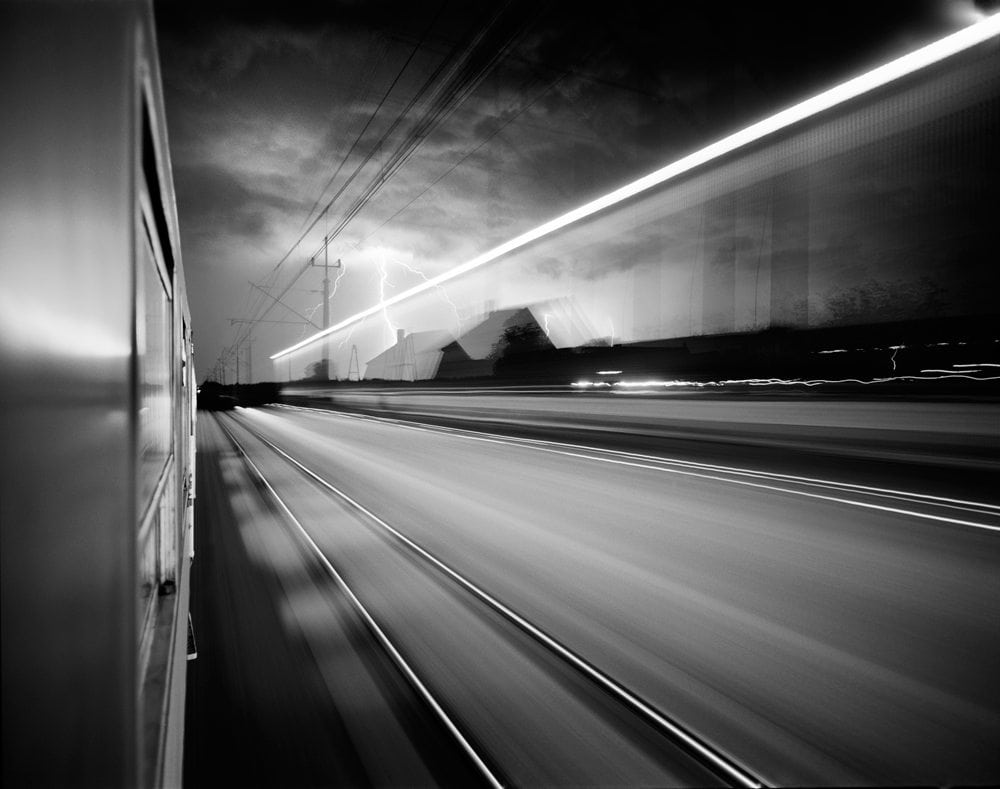
If I could pick only one photograph from Hendrik’s show to live with, it would be Train Ride to Krakow. Wow! I love this photograph. It’s a photograph that crackles with electricity, literally—the dashing light of the passing train, the lightning bolts, the power lines. A two-dimensional object, this photograph asks, “What is Surface?” How does the skin of appearance convey solidity and connote identity? How does perception move from appearance to shapes to forms to solidity to identity, i.e., from first notice to encountering an object of perception? So that’s a mouthful. Yes. It’s not the question that comes to mind for most viewers standing before Train Ride to Krakow. Theirs is more likely to be “What is this? What’s going on here? What am I looking at?” Well, we’re not looking at things here, and here’s where this photograph, Hendrik’s seeing, expands the vocabulary of photography. Train Ride to Krakow’s worlds of place and time are interpenetrating. Each of its three main components—the train, the rush of light, the landscape—of this image contest each other claiming their space as the dominant reality. Yet it’s their marriage that anchors this photograph as a world of mysterious energy, one sketched by of the movement of light as a force on a mission for its own sake interpenetrating scenes it normally just reveals.
Train Ride to Krakow does all this through the conventional print pleasures of rich blacks and pure whites parted by grays; but it employs them to make an event never seen before. From the perspective of composition, this image is a dance between the solid gray of the rectangle forming the left edge of the frame and the radiant lines defining the bulk of the image. The mirroring between white lines of energy and the blacks of the power lines provides a metaphor of energy freed and energy contained, of pure energy, and transmitted energy. Not to be overlooked is the emotion added by the lightning bolts and the haunting presence of repeating house forms.
What a feast Train Ride to Krakow is. It’s a photograph revealing the richness of a novel; and it’s a novel event created for all to experience by the instincts and craft and naked seeing of Hendrik Paul. In his early 30’s, I can only happily anticipate the photographs Hendrik could be making in 15 to 20 years once he’s thoroughly washed photography’s known from his image making and is speaking to us with the bare voice of his own experience. All I know is that the next time I go to one of his shows, I’m bringing along a knife, a fork, and a napkin.
— Martin Lesinski
About Martin Lesinski: After over 30 years of personal and commercial work, photography continues to provide me with the means to explore life and reveal personal values and truths. Its gifts are the joyful moments when all of my attention is focused through the viewfinder, when all of my being is engaging what the lens encompasses, and when I put the images up afterwards and listen to what they have to say about the contours of my world. martinlesinski-art-

